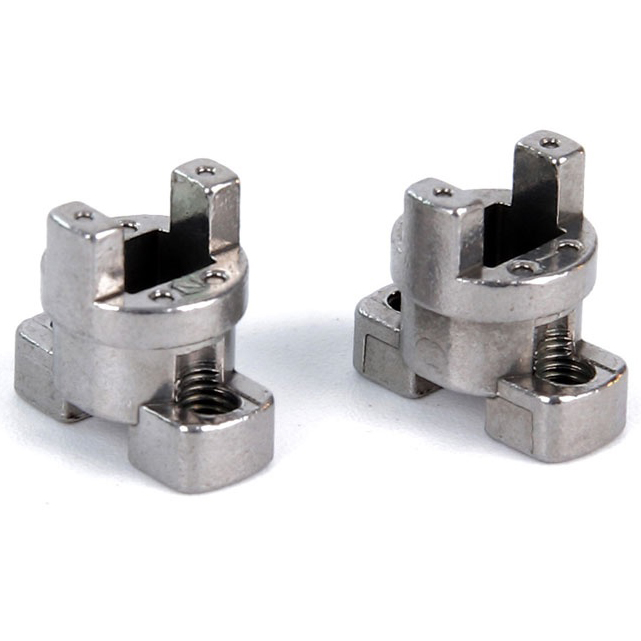Test methods for density of products processed by powder metallurgy: characteristics and applications of four common methods
Powder metallurgy density refers to the ratio of the mass and volume of powder metallurgy (PM) materials or products, which is one of the important indicators to measure the performance of PM materials or products. The density of powder metallurgy is affected by many factors such as raw materials, process and structure, so it is necessary to use scientific, accurate and reliable methods for testing. At present, the internationally common powder metallurgy density test methods are as follows:

- Water level shift method: This is a method based on Archimedes' principle, which is suitable for PM materials or products with surface connected pores or that are not easily flooded. This method calculates the density of PM materials or products by measuring their mass difference in air and water. There are two kinds of deformation in this method, which are water saturation method and water sealing method. Water saturation method is to soak PM material or product in water, so that its surface pores are filled with water, and then weigh in water; The water sealing method is to wrap PM material or product in an impervious film and then weigh it in water.
Oil displacement method: This is a method similar to the water level displacement method and is suitable for PM materials or products with surface connected pores and are easily soaked. This method calculates the density of PM materials or products by measuring their mass difference in air and oil. The method uses low surface tension and low viscosity oil as a displacement medium to better penetrate the surface pores of PM materials or products.
Hydrobarometry: This is a method of measuring density using changes in liquid pressure and is suitable for PM materials or products with higher density and lower porosity. This method calculates the density of PM materials or products by measuring the difference in pressure generated in air and water. The method uses a container with a piston and a pressure gauge as the test device.
X-ray absorption method: This is a method of measuring density using the principle that the X-ray penetration ability is proportional to the density, which is suitable for PM materials or products of any shape and size. This method calculates the density of the X-ray by measuring the intensity difference before and after passing through the PM material or product. The method uses an X-ray source and an X-ray detector as the test device.
The above four methods have advantages and disadvantages, and need to be selected according to the specific test purpose, conditions, requirements and other factors. Generally speaking, water level displacement method and oil displacement method are simple, economical and fast, but they are also rough, unstable and inaccurate. Hydrogravity and X-ray absorption methods are more complex, expensive and time-consuming, but they are also more precise, stable and accurate.
FOSHAN LAUNCH SINTER METALS CO.,LTD
Material: Mainly produce stainless steel base, iron base, copper base, copper and iron alloy base. Products: Gear, flange, G Bushing, positioning ring, rotor, counterweight, valve disc, VVT parts, clutch parts, oil pump parts, bearings.
Contact Number:+86 757-27780177
Address:No. 1-1 Maning Industrial Park, Xingtan, Shunde,Foshan,Guangdong, China
E-mail address:sales-7@launchpm.com
WhatsApp:+86 13760957591
SKYPE:live:.cid.5df4ff149cb5fdeb


